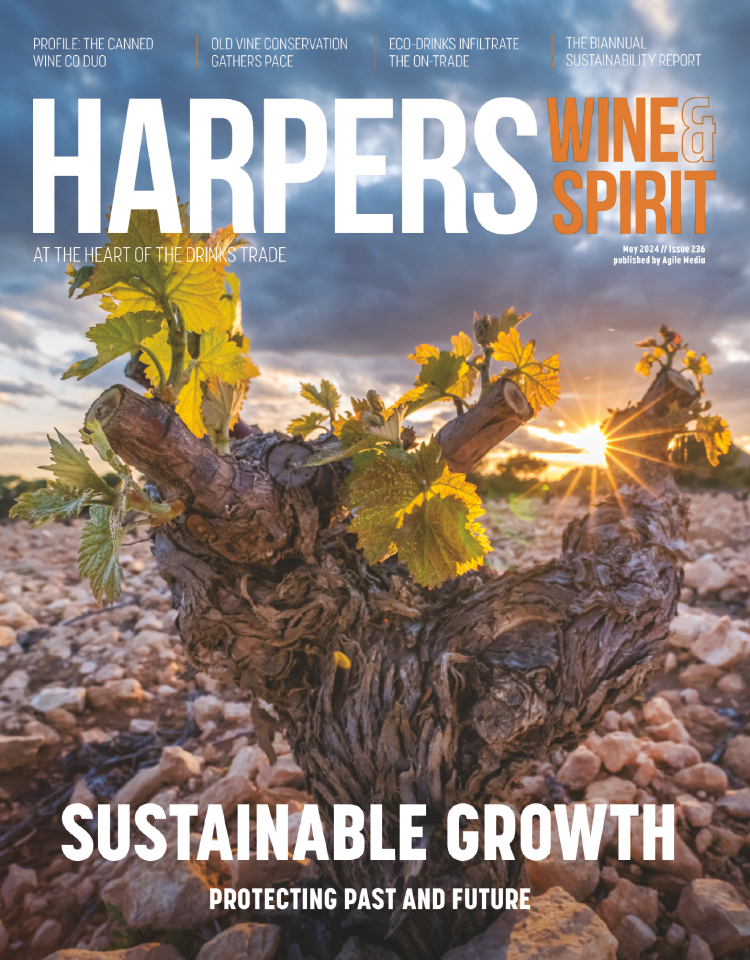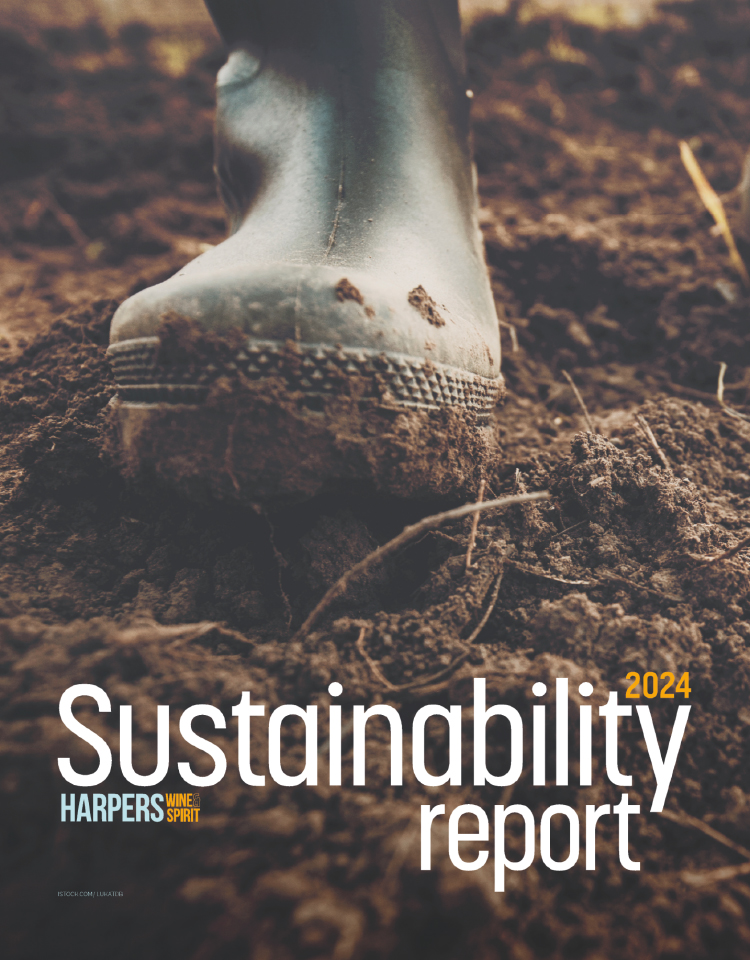The City: Champagne season
Producing Champagne is an expensive business; not only are the grapes the world's most expensive, but the minimum ageing requirements place considerable financial stress on a producer's cash flow. Just ask Franois-Xavier Mora, who has suffered the humiliation of seeing two bidders walk away from Lanson, forcing him to reconsider an offer he had already rejected.
The second-biggest Champagne producer, with stocks of 56 million bottles, was forced to go to its banks for aid back in July 2004 when Caisse d'Epargne took a 44% stake for e38m (about 26m) as part of a deal that included a e410m credit facility to enable the company to pay its suppliers, notably vignerons. A year later, Lanson had recorded losses of e10m, and its debts were e420m. The bank put its stake up for sale, effectively forcing Mora to follow suit.
Almost 20 parties stated interest but were whittled down to three: the private-equity fund run by the Franco-American investor Walter Butler; Jean-Claude Darmon, the advertising magnate; and Champagne Boizel-Chanoine. Butler and Darmon became the front-runners when Boizel's bid of about e520m including debt was rejected. Then, a fortnight before Christmas, both abandoned their interest, triggering speculation that Lanson's finances were in an even worse state than generally believed. Boizel-Chanoine, which had a turnover of e220m and net profits of e5.6m last year, and is backed in its bid by Credit Agricole and SNVB, was the only viable alternative.
Barring further calamity, Boizel's chairman Bruno Paillard hopes to conclude a deal by mid-February.
By that time, the Taittinger family will have a much clearer indication from Starwood of whether the hotels group will sell their Champagne house back to them. The very complexity of the Taittingers' family interests meant that when Starwood took over Socit du Louvre, the Champagne house was wrapped in as part of the deal. The Taittingers want it back and look the most likely buyers, probably for between e500m and e600m, or about six times the annual sales. Pernod Ricard, for one, has already declined to bid, suggesting that it is too busy with Mumm and Perrier-Jout. Nor does Taittinger have the volumes to fit easily into Diageo's portfolio, especially since it remains a 34% holder in Mot Hennessy, LVMH's drinks subsidiary.
Not that Lanson and Taittinger are the only Champagne producers on the market. Rmy Cointreau has announced that not only is it in talks to sell the Bols liqueurs range, but that it is also considering disposing of non-core lines. While the Charles Heidsieck and Piper-Heidsieck brands are gaining strength, Rmy's 99.88% stake in Champagne F Bonnet is looking peripheral to its interests.





